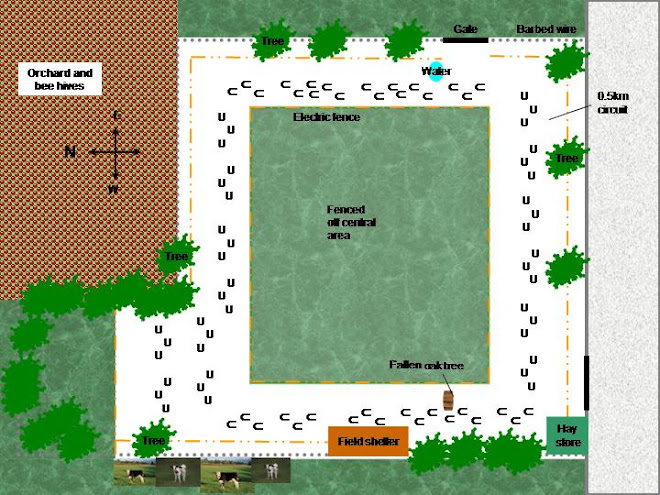Let's be honest - our judgements do have a habit of being coloured by our personal experiences. It is incredibly challenging to cast our life learning to one side and embrace the new and unknown.
It's no different with horses.
I remember having a challenging discussion with a vet regarding rehabbing larger horses. Apparently ponies are easy, but big horses are impossible because they are too heavy for their feet and if the feet are compromised and unshod all is lost. Of course this is based on their personal experience.
Well this vet needs to meet the horse I worked on today (among others). I've been working with this horse and his carer for longer than I remember.
In the beginning there was so much wrong, it was hard to believe there was any point in trying to rehabilitate him. Not just the poor state of the hooves - and they were exceptionally challenging, but also the multiple upper body issues too.
But here we are a couple of years or so (I've lost track of time) and the horse is unrecognisable, except for his enormous 17hh+ presence.
Sound, his feet are pretty fab. His soles are concave rather than flat. The horn is hard, the hoof wall thick and intact. Frogs are hard and well formed. I can trim his back feet without having to rest his toe on mine. His upper body issues whilst not completely resolved, no longer trouble him to the same extent. He stands straight, no longer loading one foot in preference to the other, no longer routinely pointing. He is shiny, a perfect weight and looks half the age he did when I first met him.
If horses could smile, he most definitely does.
I will ask his owner if I can post photos in a future blog. But honestly he looks so good, you'd never believe he had been in so much trouble.
And if your vet tells you that big horses are too big for their feet and can't be rehabbed - know that this might be the limit of their personal experience, but it isn't fact. This horse and his carer prove otherwise.
Shoes mask weaknesses, barefoot highlights strengths
Wednesday, 1 October 2014
Subscribe to:
Comments (Atom)







